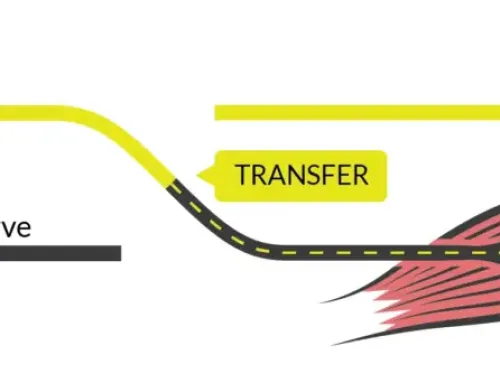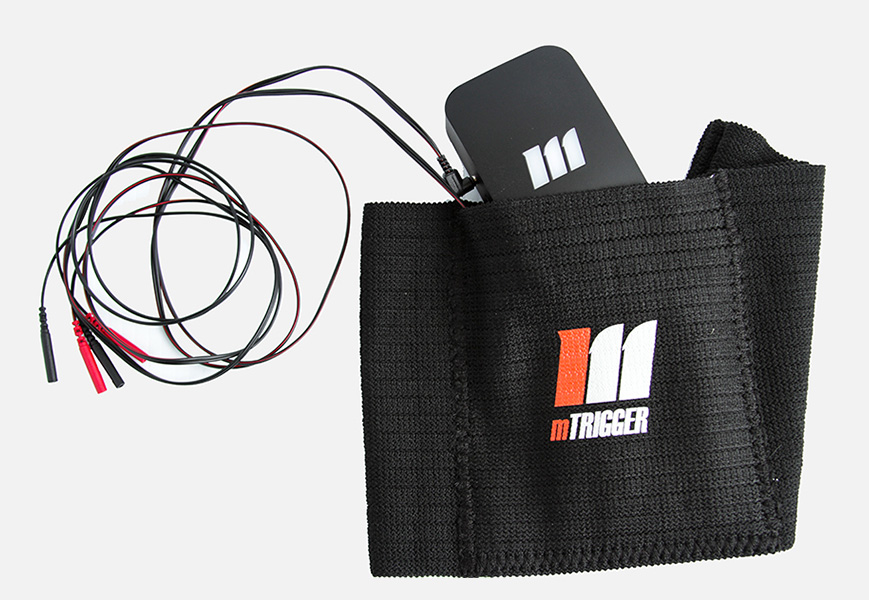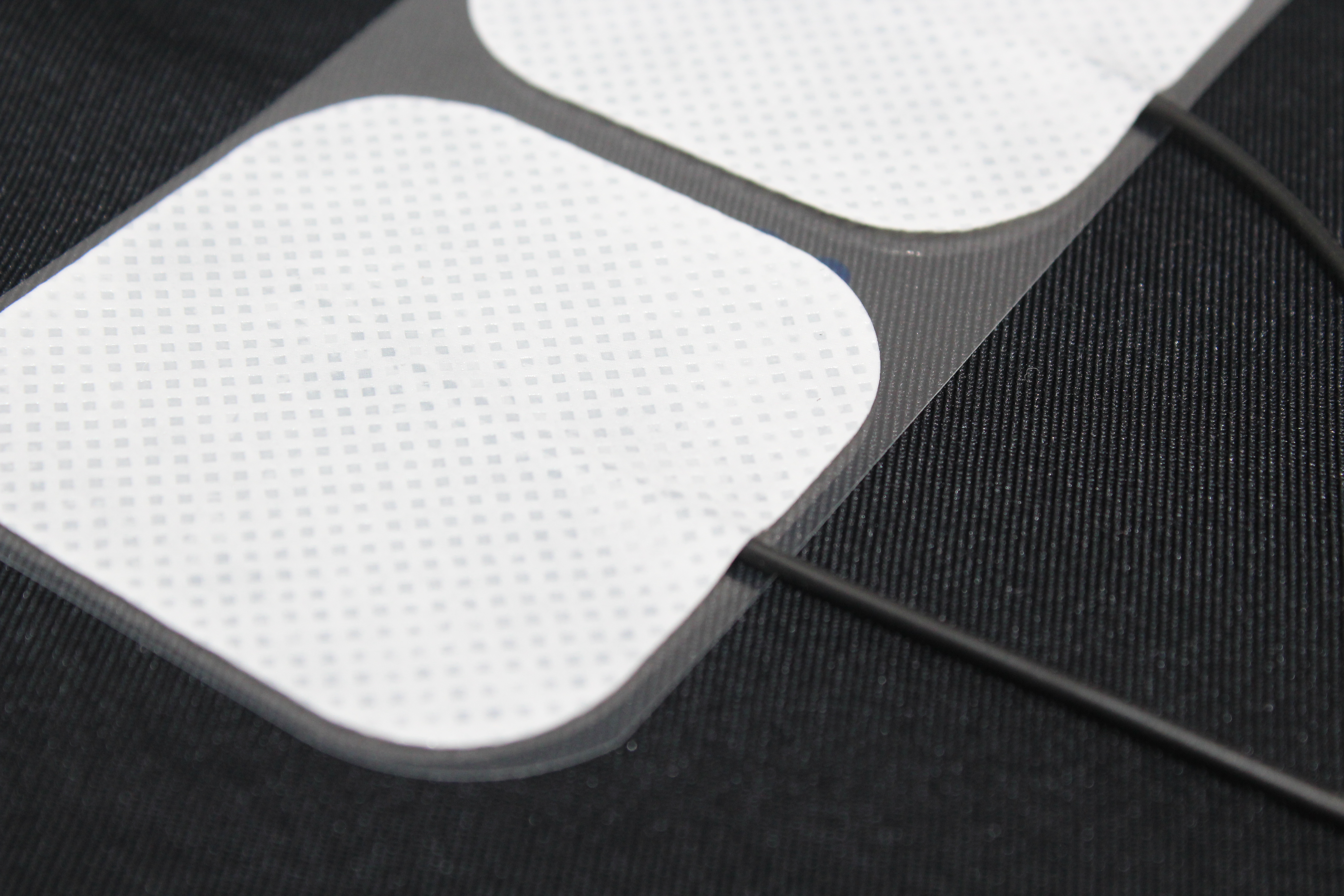As rehabilitation professionals, one of your biggest tools for improving patient outcomes is exercise selection. The physical therapy clinical practice guidelines for many conditions support the use of exercise with a high level of evidence. Some keys to effective use of exercise are patient engagement, proper execution, and creativity. I’m not talking about how difficult or “crazy” you can make an exercise, but how you can leverage the tools you have to maximize a patients’ benefit to that specific exercise.
Using mTrigger biofeedback with an exercise program is an excellent tool to improve compliance and make an exercise program more fun. We have covered in depth how to use mTrigger biofeedback for many common and post-operative conditions in previous blog posts. However, for today, let’s look at how you can improve the performance of some less commonly used (but arguably more fun) exercises with mTrigger biofeedback.
Remember the objective of biofeedback is to enhance muscle activation, improve movement patterns, and increase patient engagement using immediate visual feedback– just to name a few things. These same principles apply even as the exercises selected become more complex, dynamic, and multifunctional. We’ll walk through some examples and their set up to give you a better idea. Once you understand the principles, the options are endless.
1. Kettlebell Swings
a. Using a single or dual channel set up, place your electrodes on the hamstrings. Again you can do one or both sides. In Train, have your patient perform a kettle bell swing and watch the activation meter to see where their hamstring muscle activation level is. Set the goal to slightly above this level as we are trying to increase muscle activation.
2. Hamstring Nordics
a. Using a single or dual channel set up, place your electrodes on the hamstrings. Again you can do one or both sides. Use your time settings to direct your patients focus to the eccentric lowering portion of this exercise. Have your patient perform the exercise with a 5 second lower during the “on” time, then return to the start during the “off ” time. See if they can maintain their muscle activation level.
Another option is to use a game like in this video!
3. Tantrums
a. Using a single or dual channel set up, place your electrodes on the hamstrings. Again you can do one or both sides. The goal of this exercise is to dynamically load the hamstrings, but the goal is the same, keep your muscle activation up! Adjust the time settings to 30 sec “on” and 5 sec “off” and save the session at the end. Note how muscle activation levels change towards the end when your patient is tired!
4. Copenhagen Plank
a. A simple single channel set up on the adductor muscle will do just fine here. This challenging exercise is often under utilized. Often times when it is performed, patients will compensate by flexing at their hips, rotating their spine, or overusing their shoulder. mTrigger biofeedback is a great way to ensure you are getting the adductor muscle firing you desire.
5. Quad set w/ BFR
a. Quad sets are a widely used exercise, but have you tried combining BFR and mTrigger biofeedback while performing them? Set up your BFR cuff appropriately and apply the electrodes to the quad muscle of the target leg. Perform the exercise as normal but use the biofeedback to ensure maximal muscle activation is achieved in the presence of BFR. While BFR does make the exercise harder, it also helps improve muscle activation! Check this out and give it a try.
6. TRX Tuck ins
a. ‘Core training’ is used all the time in physical therapy, occupational therapy, sports performance, and wellness. But how do you know someone is actively engaging their core during an exercise? That’s where mTrigger biofeedback comes in! Using a single or dual channel set up apply your electrodes to the target core muscle. Now perform your exercise using the mTrigger biofeedback to help ensure proper movement and correct muscle activation! Just like with this example.
7. Lateral Eccentric Lunge Slide
a. Begin with a single channel set up on the target quad muscle. The lateral direction and eccentric slide will make this exercise much more difficult. Adjust your mTrigger biofeedback time settings to 5 secs of “on” time to account for the eccentric slide out. Challenge your patient to try to maintain their highest level of muscle activation during the entirety of the side out. It’s harder than it looks!
8. Contralateral Weighted Lunge
a. Adding a weight to this exercise will make it more challenging on the quads, but it will also challenge additional muscle groups. Use mTrigger biofeedback to ensure you are still getting the desired levels of muscle activation out of your target muscle! Using a single channel set up on the quad have your patient perform the step up exercise and watch their muscle activation!
Summary
Being creative with your exercise program for patients is what makes rehab more enjoyable. As you begin to incorporate more advanced exercises and more challenging movement patterns into your patients programs, don’t forget the benefit of using mTrigger biofeedback. Adding surface EMG visual biofeedback to exercises can enhance a patients motivation and overall experience. Get creative and don’t forget to use your mTrigger biofeedback!
Decision Making with mTrigger Biofeedback
|
Rehabbing Rotator Cuff Repairs
|








Leave A Comment